- Home
- Directory
- Shop
- Underwater Cameras - Photographic Accessories
- Smartphone Housings
- Sea Scooters
- Hookah Dive Systems
- Underwater Metal Detectors
- Dive Gear
- Dive Accessories
- Diving DVD & Blu-Ray Discs
- Diving Books
- Underwater Drones
- Drones
- Subscriptions - Magazines
- Protective Cases
- Corrective Lenses
- Dive Wear
- Underwater Membership
- Assistive Technology - NDIS
- On Sale
- Underwater Gift Cards
- Underwater Art
- Power Stations
- Underwater Bargain Bin
- Brands
- 10bar
- AirBuddy
- Akona
- AOI
- Apollo
- AquaTech
- Atomic Aquatics
- aunoc
- AxisGo
- Backscatter Underwater Video and Photo
- BLU3
- Buddy-Watcher
- Cayago
- Chasing
- Cinebags
- Contour
- Deepblue
- Devilite
- Digipower
- DJI
- Dyron
- Edge Smart Drive
- Eneloop
- Energizer
- Exotech Innovations
- Fantasea
- FiiK Elektric Skateboards
- Fotocore
- Garmin
- Geneinno
- GoPro
- Hagul
- Hoverstar
- Hydro Sapiens
- Hydrotac
- Ikelite
- Indigo Industries
- Inon
- Insta360
- Intova
- Isotta Housings
- Jobe
- JOBY
- Kraken Sports
- LEFEET
- Marelux
- Mirage Dive
- Nautica Seascooters
- Nautilus Lifeline
- NautiSmart
- Nitecore
- Nocturnal Lights
- Nokta Makro
- Ocean Guardian
- Oceanic
- Olympus
- OM System
- Orca Torch
- Overboard
- Paralenz
- PowerDive
- QYSEA
- Ratio Dive Computers
- Scubajet
- Scubalamp
- Sea & Sea
- SeaDoo Seascooter
- SeaLife
- Seashell
- Seavu
- Shark Shield
- Sherwood Scuba
- Spare Air
- StickTite
- StormCase
- Sublue
- Suunto
- SwellPro
- T-HOUSING
- Tusa
- U.N Photographics
- Venture Heat
- XTAR
- Yamaha Seascooter
- Youcan Robot
- Zcifi
Marine life paying price for shark netting
We all know that shark nets are bad and that as many sharks get caught on the inside of these nets than on the outside. Lets not forget all the other 'good' marine life that is killed just be the existence of these controversial contraptions.
An article in the Daily Telegraph reports about marine volunteers trying to save some of these on the East coast of Australia:
THIS spring and summer, more than 100 dolphins, sea turtles, whales, rays - and even dugongs and sea lions - will be trapped in nets designed to protect NSW swimmers from sharks.
However, community concern for the plight of marine animals that pose little or no threat to beachgoers has prompted renewed calls for the meshing to be scrapped entirely.
The nets, 150m long and 6m deep which go up on 51 beaches from Newcastle to Wollongong this month, are designed to prevent attacks from predatory sharks like great whites, tigers and bulls.
See video footage of the sea creatures being rescued.
In the first few days of this year's spring/summer netting program, a 2.5m sea lion was rescued by water police from potentially fatal entanglement in the mesh off North Narrabeen.
Last year, an endangered dugong found trapped in a net on the Northern Beaches later died. A whale was also killed in the summer of 2004-05.
On average, two dolphins are caught each year along those parts of the coast protected by nets, along with two sea turtles and 60 rays. These are the recorded cases and net opponents say there are many more.
Eco Divers, a group of about 50 volunteer divers based on Sydney's Northern Beaches, will monitor the nets over summer and free any marine animals that survive the trauma of capture.
However, it can be traumatic for the rescuers, too.
"The other day we pulled a cow-nosed ray, beautiful animals. There were a pair, a male and a female," Eco Diver Dave Thomas said.
"They pair up for life. We got the male out of the net (but) the female died next to the male in the net . . . after a struggle and with a lot of pain."
A fellow diver found a dead baby dolphin with scars over its body, inflicted by the mother trying to free it from the meshing, he said.
Eco Divers have been joined by the Sydney Aquarium Conservation Fund, which is running an awareness campaign about the by-catch in beach meshing.
The shark net program was introduced in NSW in 1937 when shark attacks were more regular.
There has not been a fatal shark attack in the state since 1951, but in 2004-05 137 sharks - many of them not targeted by the meshing program - were recorded ensnared in the nets.
About 40 per cent of sharks captured in the nets are found on the beach side of the meshing.
However, a report prepared for Primary Industries Minister Ian Macdonald this year concluded that electronic shark barriers - which would tap into the animals' ability to detect electronic fields to keep them from beaches - was not yet feasible.
Original article at:
http://www.news.com.au/dailytelegraph/story/0,22049,22440572-5006009,00.html
![]() Contributed by Tim Hochgrebe added 2007-09-18
Contributed by Tim Hochgrebe added 2007-09-18
![]() Login or become a member to join in with this discussion.
Login or become a member to join in with this discussion.

 AOI Australia
AOI Australia
AOI underwater photographic products - a professional OEM/ODM underwater camera casings and underwater electronic products manufacturer. Great quality wet lenses for underwater photography.
Shopfront
-
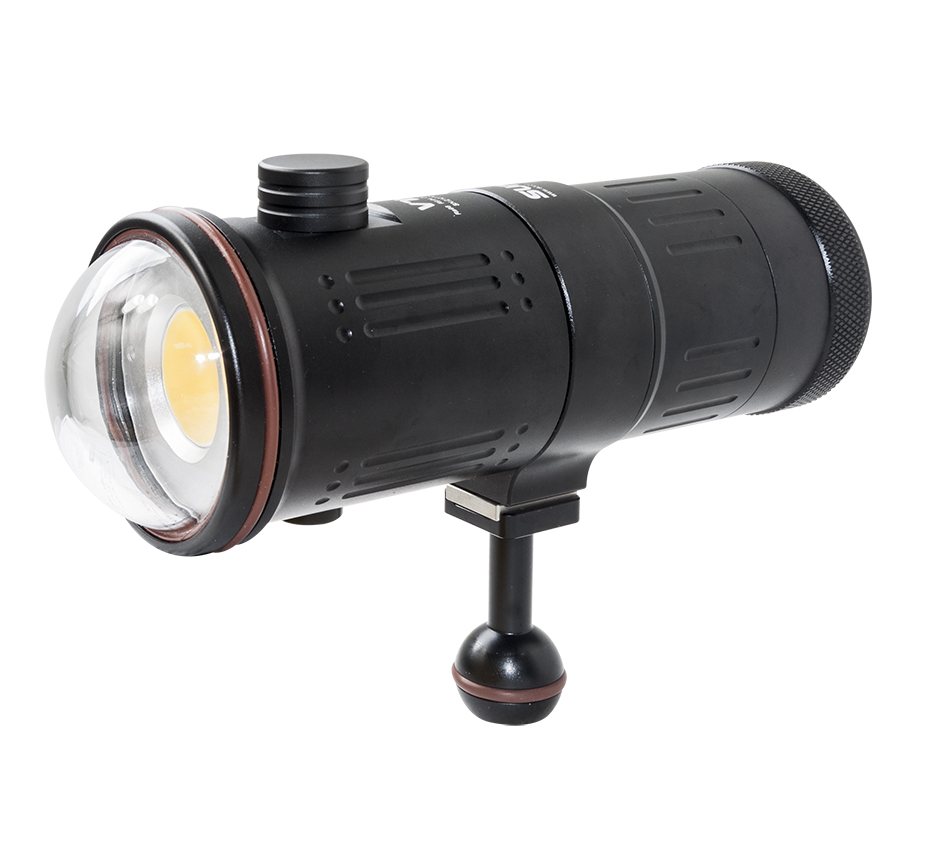 Scubalamp V7K Photo/Video Light - 15,000 lumens
Scubalamp V7K Photo/Video Light - 15,000 lumens
- Price A$ 1,699.00
-
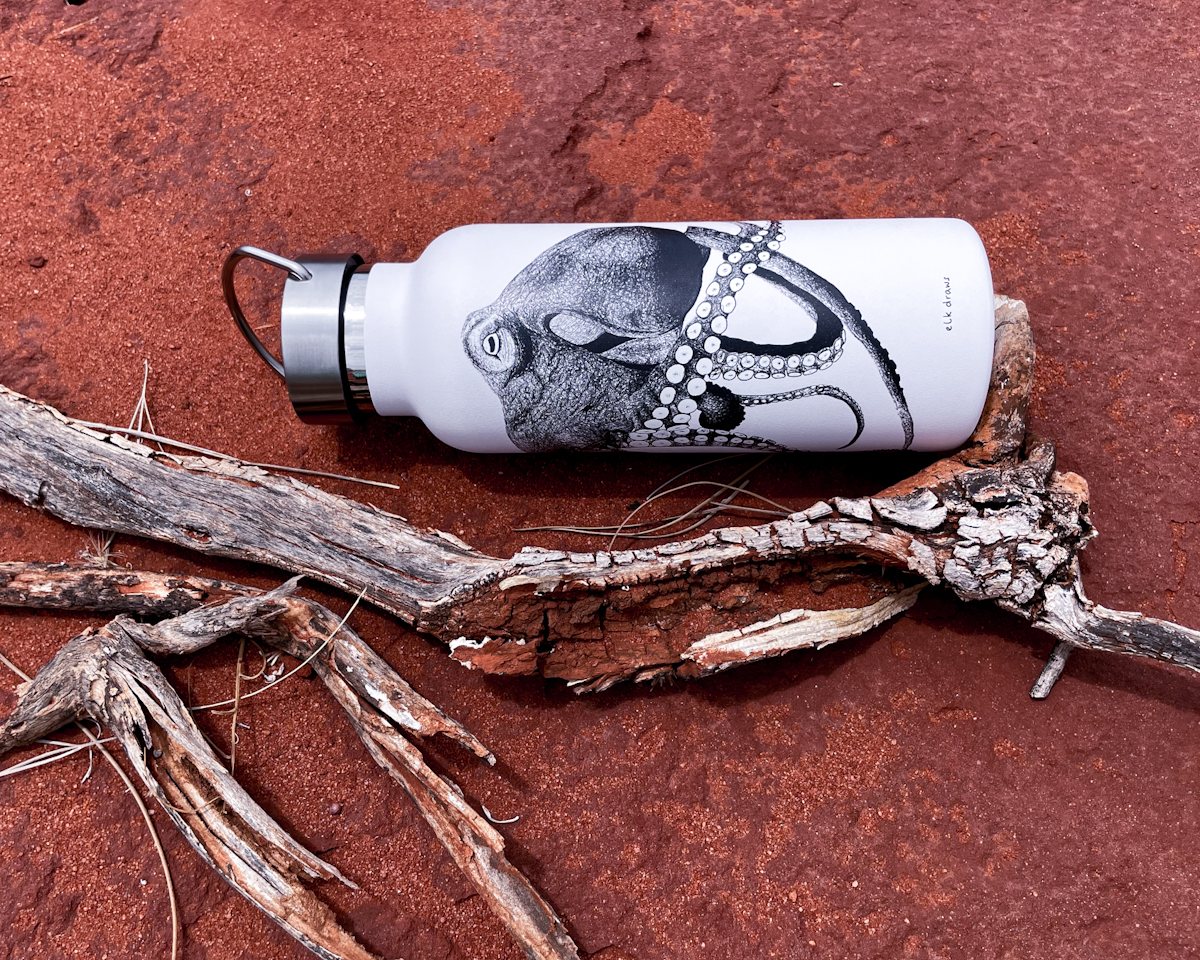 Underwater X Elk Draws Stainless Steel Insulated Water Bottle for Mental Health - Octopus
Underwater X Elk Draws Stainless Steel Insulated Water Bottle for Mental Health - Octopus
- Price A$ 39.95
-
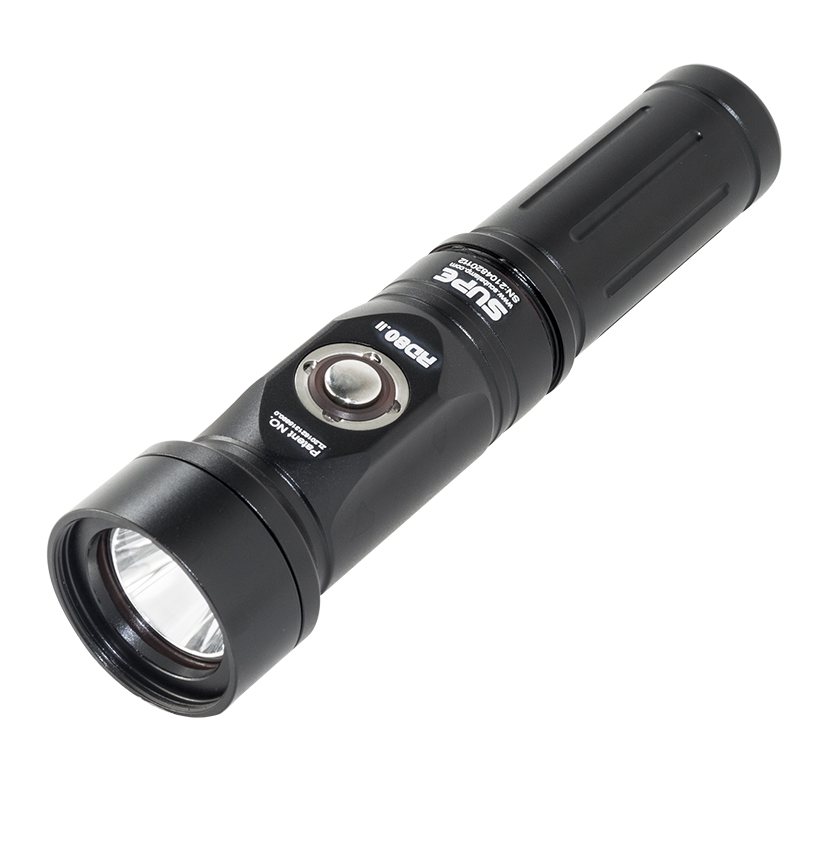 Scubalamp RD80 V2 LED Dive Light - 1500 lumens
Scubalamp RD80 V2 LED Dive Light - 1500 lumens
- Price A$ 119.00
-
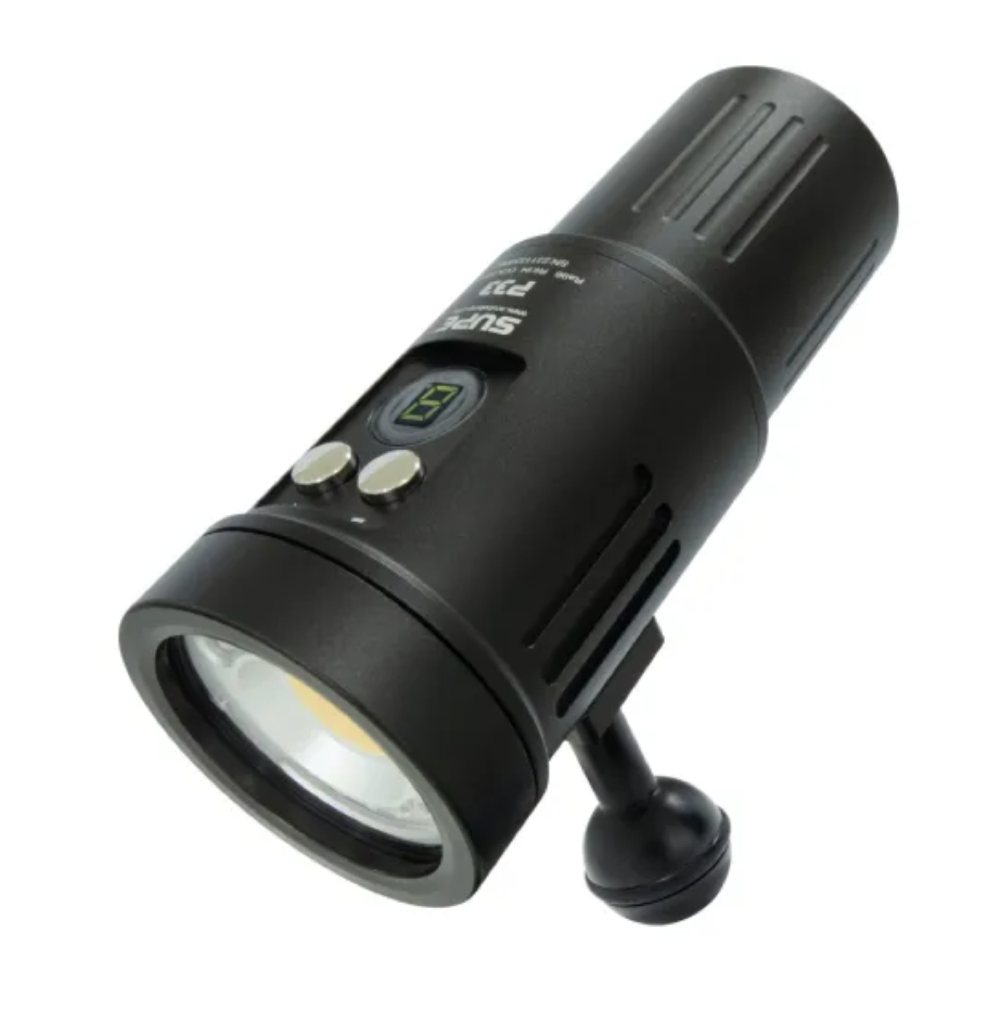 Scubalamp P33 LED Video/Photo Strobe Light - 5000 lumens
Scubalamp P33 LED Video/Photo Strobe Light - 5000 lumens
- Price A$ 649.00
-
 Scubalamp V4K V3 Movie Grade Photo/Video Light - 8,000 lumens
Scubalamp V4K V3 Movie Grade Photo/Video Light - 8,000 lumens
- Price A$ 699.00
-
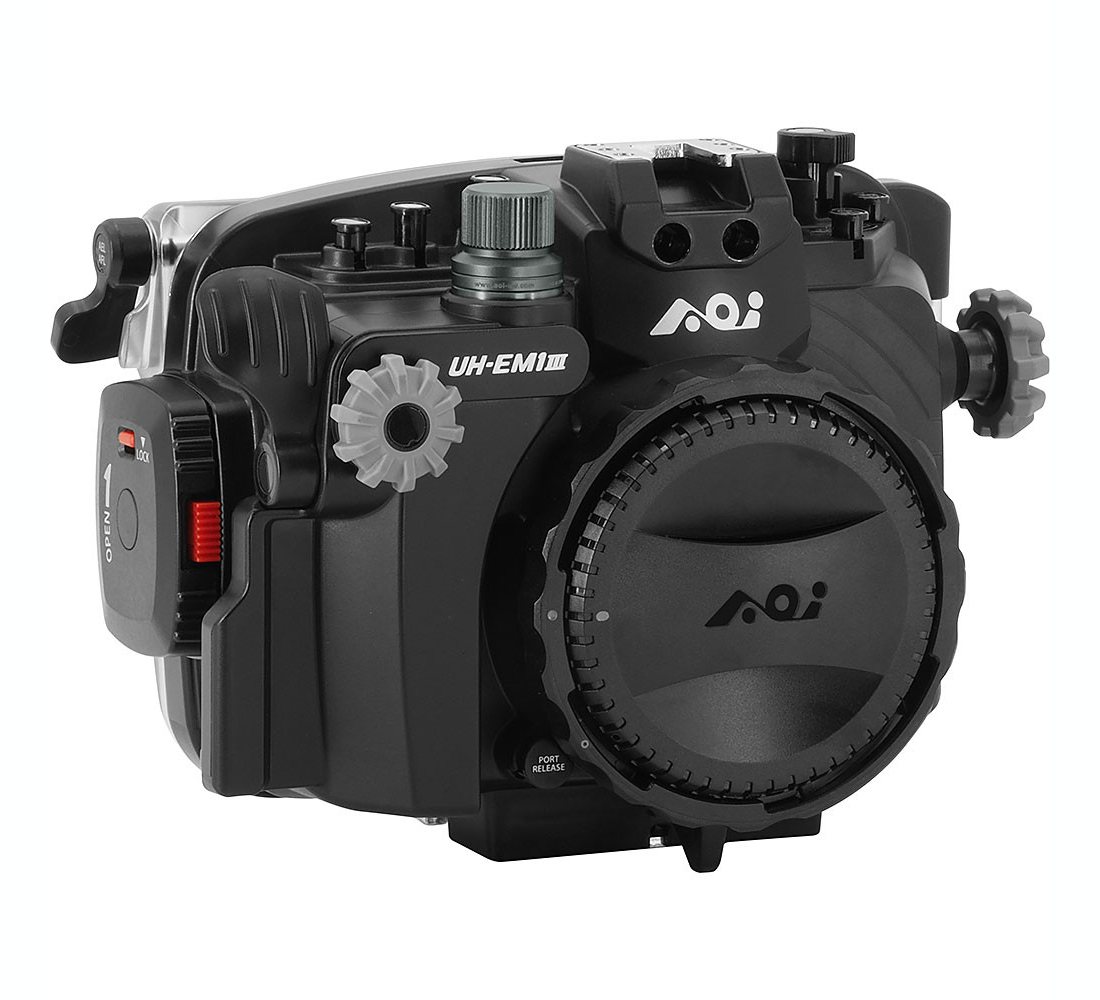 AOI UH-EM1III Underwater Housing for Olympus OM-D E-M1 II & III
AOI UH-EM1III Underwater Housing for Olympus OM-D E-M1 II & III
- Price A$ 1,699.00
-
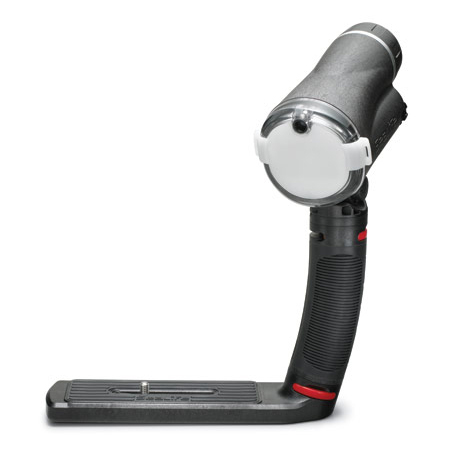 Sealife Sea Dragon Flash - Strobe
Sealife Sea Dragon Flash - Strobe
- Price A$ 699.00
-
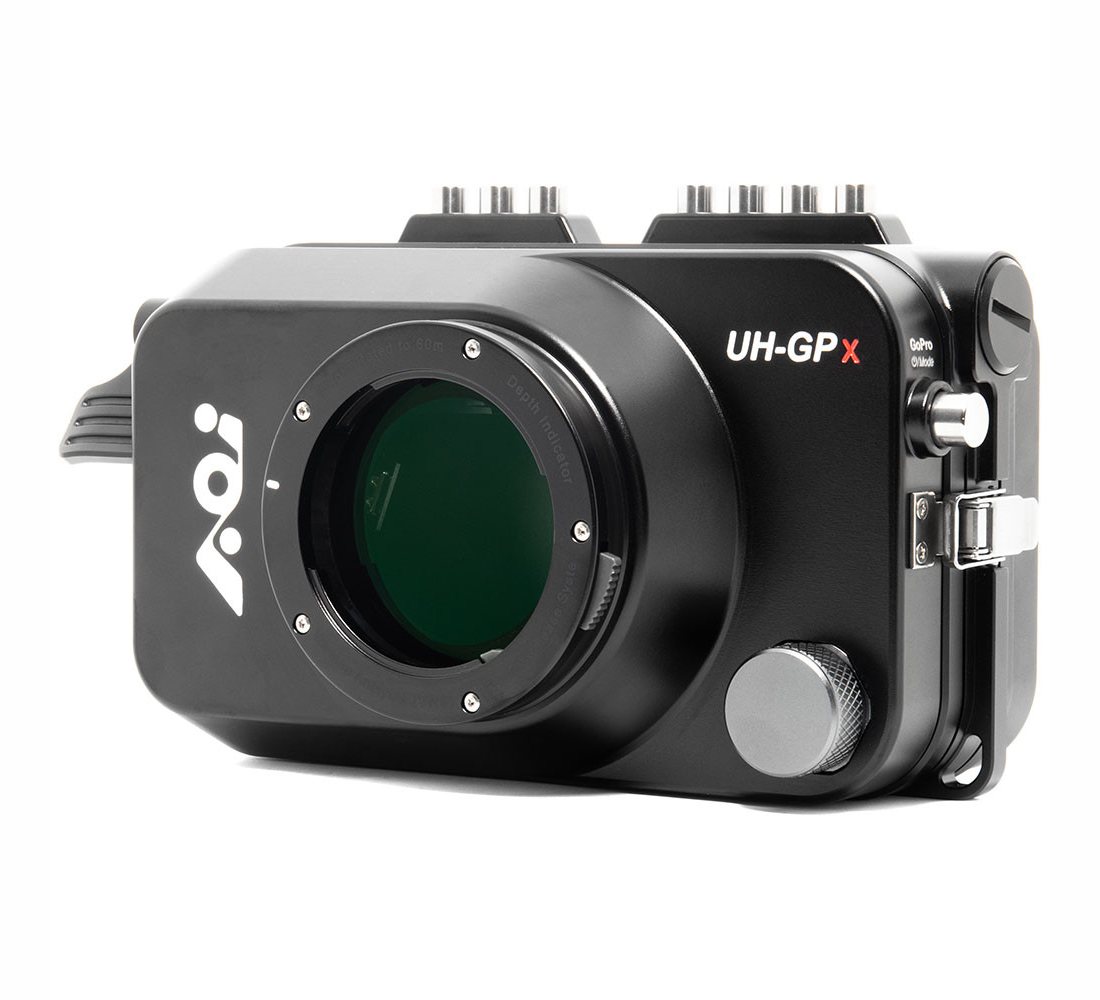 AOI GoPro HERO 9, 10, 11, 12, 13 Underwater Housing & Monitor UH-GPX
AOI GoPro HERO 9, 10, 11, 12, 13 Underwater Housing & Monitor UH-GPX
- Price A$ 2,549.00



 Tassie Divers to converge on Bicheno!
Tassie Divers to converge on Bicheno!